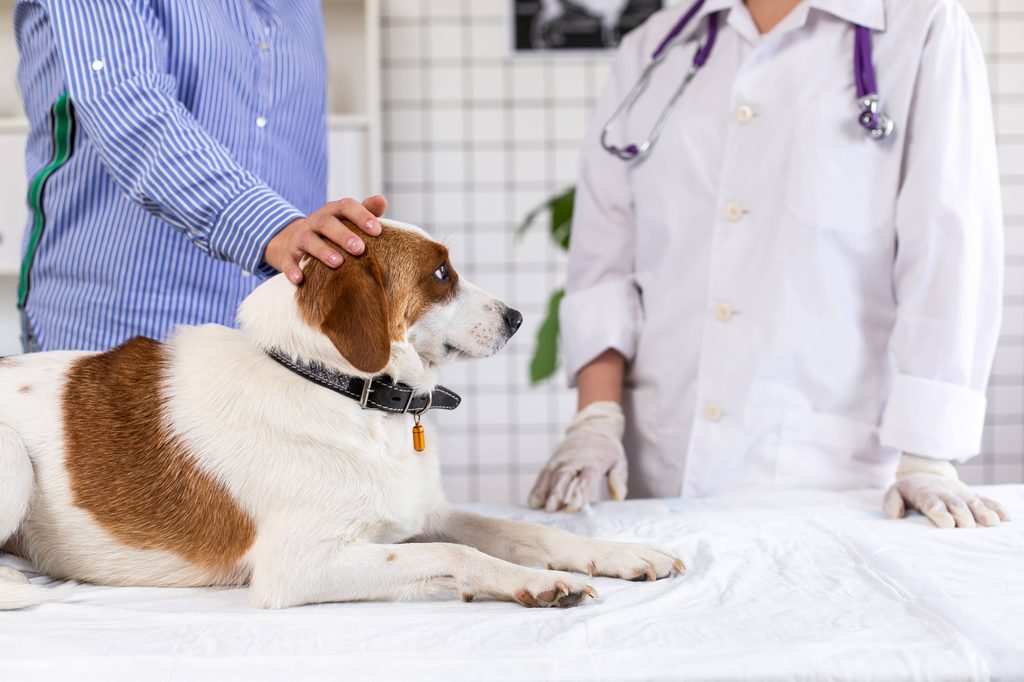No one likes dealing with the bureaucracy of health insurance, so you might be hesitant to sign up your pet for a dog health insurance plan, but it can save you money and reduce your stress in an emergency. Just like with your health coverage, there are many options, including accident-only and a few that cover preventative care. While there are some things that are almost never covered, like vaccines, you should try different combinations to find the right one for Fido. Keep reading to learn more about dog health insurance.

How does pet insurance work?
It’s a lot like health care for humans, only you’ll likely submit claims afterward and pay the full amount to your vet. The insurance will then send you a check for the portion it covers. Research carefully, though, before selecting a plan. Some include in- and out-of-network vets and nearly all don’t cover preexisting conditions and other routine care, such as yearly checkups.
Lastly, don’t expect neutering, dental cleaning, or dewclaw removal to get you any money back — those things often make up the bulk of your yearly vet bills when you get a new puppy.
How much is health insurance for a dog?
Plans vary widely and can cover only accidents or include some preventative care. However, you’ll likely shell out a minimum of $25 per month and up to about $75. This also varies depending on how old your pet is and even the breed and gender. Many plans only allow new dogs to join up to a certain age, as young as 4 years old.
You might need to act quickly after adopting an adult beastie or you won’t ever be able to insure them. Keep in mind that you’ll have a monthly premium, a deductible, an annual limit, and a reimbursement percentage. You can see why this gets complicated quickly.
Do dog health insurance plans save money?
You should carefully examine your prior year of vet bills — and what they were for — then calculate what you might have spent with each type of plan. By using the last year as a baseline, you’ll get a better idea of how much you might realistically save with an insurance plan.
To break this down, let’s say you spent $2,000 last year in vet bills, but $1,000 of that was for routine care, including shots, checkups, neutering, and yearly bloodwork. The other $1,000 was for an incident in which your pup sprained their little paw in an accident. Only the second visit would be covered, and you’d have to apply your deductible first — and let’s say it’s $500. Of the remaining $500, you might only get reimbursed at 70%, which means you would get a check for $350. If you’re paying $50 a month, you would not break even on that year.
But remember one important thing: You come out ahead when you use insurance for the unexpected. No one would ever sign up for a plan if we all could predict the future. If your pet has an accident or gets very sick, you’ll be incredibly grateful for the peace of mind you receive from your insurance.
In the end, you should run a couple of calculations, shop different insurance companies, and then go with the option that causes the least stress and makes the most sense for your family. If you figure out that purchasing a plan doesn’t work, sock away that same amount (or more) in a savings account so you won’t be unprepared for a big vet bill. Your four-legged friend is part of the family, so make sure you have enough set aside to pay for an emergency and keep your little furry companion living happily and healthily.





